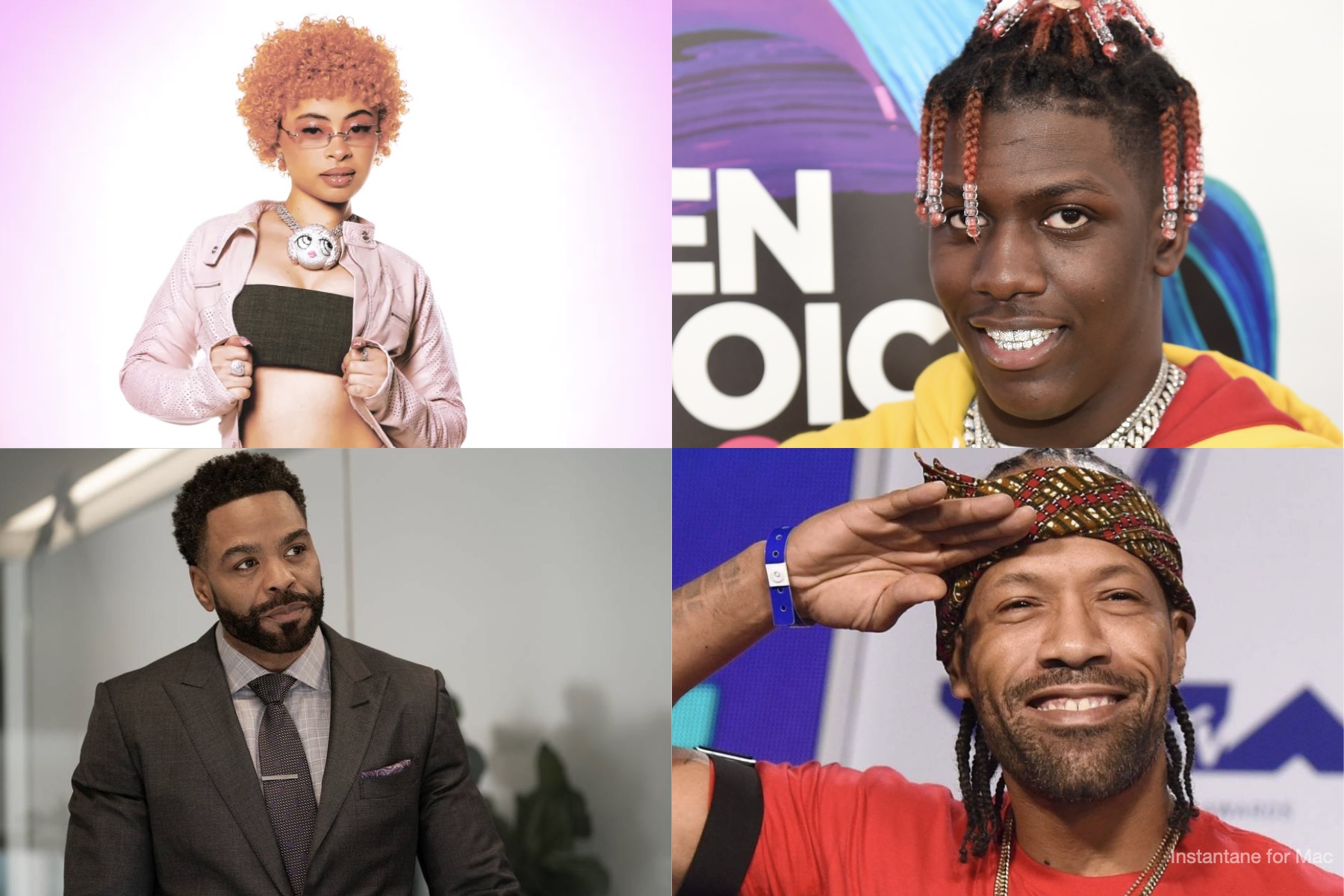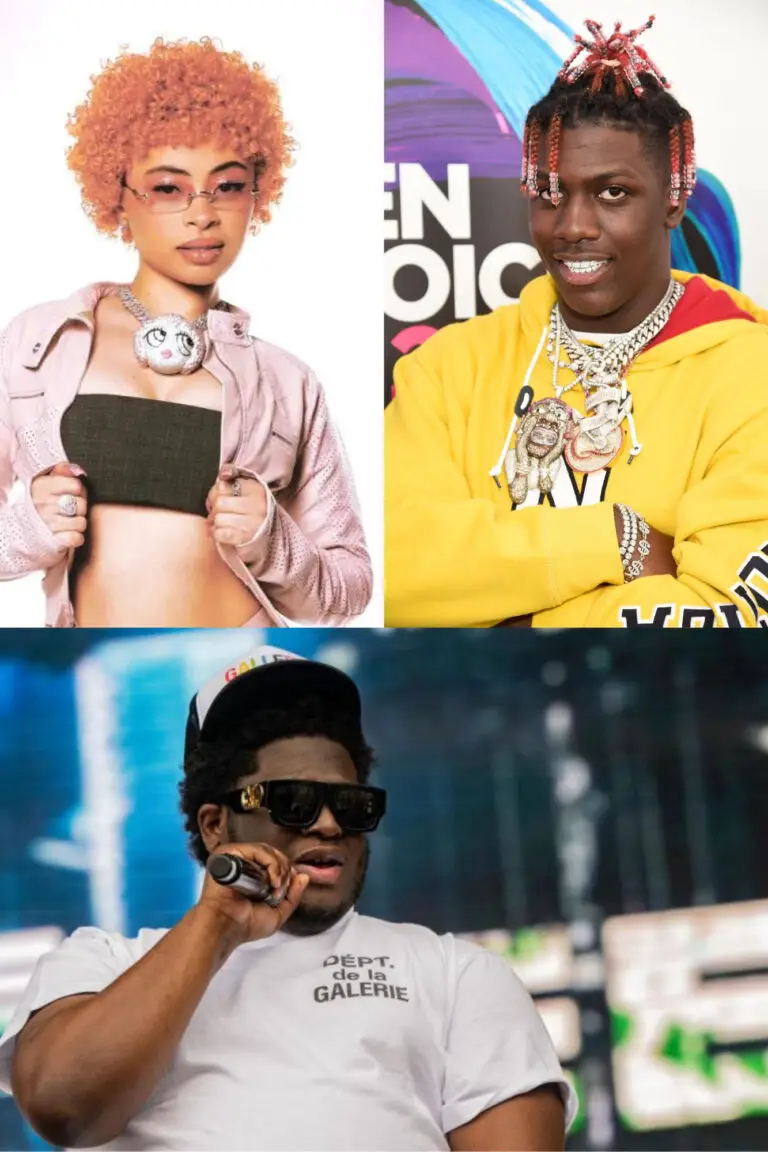

If there’s an irrefutable truth about the hip hop ecosystem is that it caters to the youth. Much like Wu Tang Clan‘s popular mantra, hip hop really is for the children. After all, since its inception, rap music has long resembled youthful cosplay in a reflection of one’s environment and beliefs. From the Village People attire of Afrikaa Bambaataa and crew, to crack era MC’s putting on their best street hustler ensemble, hip hop’s rise came as a change of pace from the conforming hymns of jazz & soul music.

With the golden era rappers of the ’80’s and ’90’s acting as vanguards for artistic representation, rap music — thought to be a fad more than a respected art form — was brought to new heights with inventive forms of story-telling. Albums like Paid In Full, Criminal Minded, It Takes a Nation of Millions to Hold Us Back, The Score, 36 Chambers, Ready to Die, Illmatic and many more transformed the movement from frantic, counter-culture and youthful exuberance, into dissectible urban diaries.
After all, at its peak the literary elements warranted examination much like a James Baldwin poem. The raw anger, angst and imagery, for better or worse, is the product of socio-economic plight which demanded thought-provoking conversation. Ultimately, as its popularity soared, hip hop took the form of an uncouth political candidate with an in-your-face bravado as it pandered to the roar of a pent-up generation wanting its voice heard.

Soon enough label execs began cashing in on the latest trend. And subsequently conscious raps made way for more abrasive lyrics with a focus on aggressiveness and over-the-top hubris. In the end hip hop’s bouncy beats and mercurial nature made kids and young adults a prime market.
Growing Pains
Nonetheless, rap music’s raunchy and explicit nature fit right in with the late 80’s and ’90’s ethos of violence and erratic behavior, a time where pop culture’s biggest stars struggled to exist as functional human beings. However, unlike other genres, rappers don’t string together guitar solo’s or sing beautiful high notes. They become stars by selling you themselves, or who they say they are. Thus in a world where “Money, Cash, Hoes” is the modus operandi, they became caricatures, while typecasting themselves artistically for record sales.
Truthfully I wanna rhyme like Common Sense But I did 5 mill’ – I ain’t been rhyming like Common since
-Jay – Z, “Moment of Clarity”
And as the business of hip hop grew rappers became spokes in a wheel. With the formula for success as redundant as it is profitable. Your typical major label rapper consists of a charismatic individual with inner-city cultural norms, armed with the gift of gab and quick-witted use urban of idioms. Equipped with the latest fashion and jewelry, yet lacking the tools for artistic transcendency. Thus, after some time, many rappers become frozen in their distinct era, becoming human time-capsules. And in an ever-changing world, the sound of hip hop has done a complete 180, going from rigid boom bap to fluid and experimental, which continuously leaves rappers feeling dated .
Where Do We Go From Here?
Fundamentally, when your target audience’s prefrontal cortex has yet to form, it leaves little room for character development. For instance, sitcoms on Disney Channel or Nickelodeon only last about 3 seasons — as it doesn’t make sense to develop characters and shows that will eventually age out of their demographic. In hip hop, very few rappers get the opportunity to mature their sound and if they do, it is almost always well past the point of commercial appeal. Consequently most promising rap careers tend to mirror that of a once-great NFL running back. For every Peyton Hillis, Jay Ajayi and Todd Gurley, there is a Blocboy JB, Makonnen and Desiigner, amongst many, many more.

Under those circumstances older acts that wish to maintain relevance must evolve (or de-volve) as their sound must have a Benjamin Button like trajectory, consistently aging down to make way for the new norm. It’s why a megastar like Drake perpetually stays tapped in to younger, underground artists, often employing younger acts to aid in his creative process. Because, despite his best efforts to present a contrary image, Drake doesn’t think like a teen or young adult.

Similarly, J. Cole’s latest track “Grippy,” a remix of Cash Cobain’s hit-record “Dunk Contest,” is in accordance with this phenomenon. The “No Role Modelz” rapper’s attempt at the”sexy drill” sound has quickly become social media fodder, with Cole sounding out-of-touch while letting Nas down in the process. Hell, even the likes of Kendrick Lamar needed an easily digestible follow-up to the critically-acclaimed To Pimp A Butterfly. 50 years in the making, hip hop is firmly entrenched in a civil war between old and new.
On To The Next One
However, despite all the constant rethoric regarding “OGs,” in hip hop, make no mistake, the youth set the pace. With every 40 plus occupier of the culture ready to placate their younger counterparts in a means to avoid the poignant rays of “old head” that would leave them outside the club of relevancy. For this reason rappers and media personalities alike must duck, dodge and weave in the never-ending battle for the fountain of youth.

Yet, sadly, this leaves many legends of the genre outside the scope of musical relevancy. And for better or worse, the ageism in hip hop only affects the talent, the faces that you see. The ones you don’t are the one signing the checks and profiting from it all. Yet when a legend like Method Man feels out of place in an ecosystem he once thrived in, it serves as an eye opener to the hip hop’s cyclic nature. Moreover, as we’re firmly in the streaming era, maturation in hip hop is once again on the back burner. As artists look for their next Tik Tok hit and viral moment, there is no time to look back and appreciate the past (unless there’s a sample to be had), as hip hop is perpetually on the lookout for the next trend.
The post No Country For Old Men: Why Hip Hop Remains a Young Man’s Game appeared first on NYS Music.








